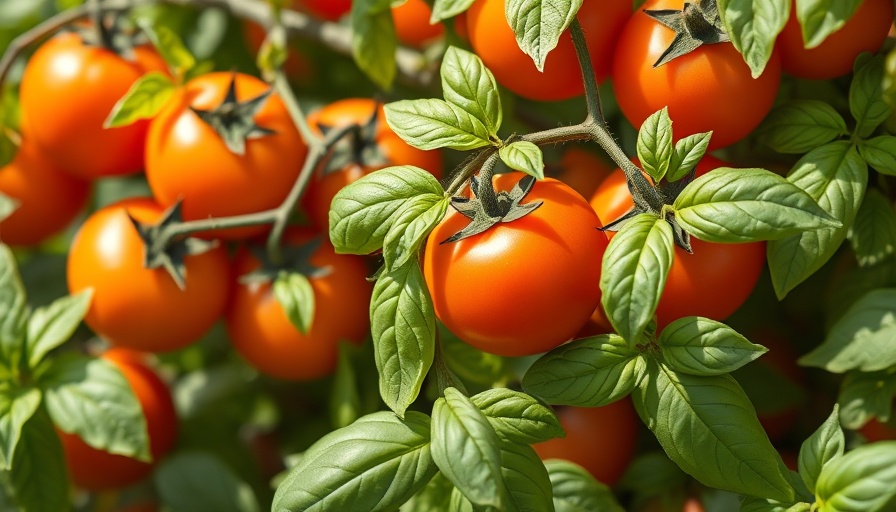
Unlocking the Power of Companion Planting for Your Tomato Garden
Companion planting is a gardening technique that can enhance your tomato crop by growing other plants alongside them. This method not only optimizes space but also strengthens your tomatoes against pests and diseases, ensuring a bountiful harvest. Here, we will explore numerous plants that provide various benefits when planted near tomatoes, empowering your garden to thrive.
Why Companion Planting Matters
Historically, gardeners have recognized the intricate relationships between different plant species. Companion planting can lead to healthier crops by promoting biodiversity in your garden. For tomatoes, this means incorporating plants that repel harmful insects, improve soil quality, and even enhance the flavor of your tomatoes. Additionally, certain companion plants attract pollinators, making them critical for a productive garden.
The Best Tomato Companion Plants: Enhancing Growth and Flavor
Many gardeners swear by specific companion plants that attract beneficial insects or deter pests. Let’s dive into the top 21 companions:
- Basil: Known for its culinary uses, basil also repels pests such as whiteflies and hornworms, enhancing your tomato’s growth.
- Beans: These legumes fix nitrogen in the soil, enriching it and supporting your tomatoes’ growth.
- Borage: This stunning blue flower attracts pollinators and keeps harmful pests at bay.
- Garlic and Garlic Chives: Their strong scent deters aphids and spider mites, perfect companions for tomatoes.
- French Marigolds: These vibrant flowers not only beautify your garden but also repel nematodes and attract beneficial insects.
Incorporating these plants into your garden creates a supportive ecosystem that benefits your tomatoes significantly.
Plants to Avoid: Protecting Your Tomato Yield
Not all plants make good companions for tomatoes. Some plants, like cucumbers and brassicas, can compete for nutrients or harbor diseases that can be detrimental to your tomatoes. Avoid planting the following:
- Cucumbers: They share similar pests with tomatoes, raising the risk of disease transmission.
- Fennel and Dill: These herbs release substances that inhibit tomato growth and can even attract harmful insects.
- Nightshades: Potatoes and eggplants can suffer from the same diseases as tomatoes, compounding health issues.
Practical Tips for a Successful Tomato Garden
To maximize the benefits of companion planting, consider the following best practices:
- Space Wisely: Ensure proper spacing between plants to prevent overcrowding and competition for resources.
- Monitor Health: Regularly check your plants for signs of pest activity or disease, and take action promptly.
- Rotate Your Crops: Practice crop rotation each season to maintain soil health and prevent pest build-up.
Conclusion: Embrace the Art of Companion Planting
With a deeper understanding of companion planting, you can create a vibrant, sustainable tomato garden that not only flourishes but also brings joy and nourishment to your household. Start experimenting with your own combinations and witness the transformative effects of these plant relationships. Remember, gardening is as much about learning as it is about growing—the journey is just as rewarding as the harvest!
 Add Row
Add Row  Add
Add 




 Add Row
Add Row  Add
Add 

Write A Comment